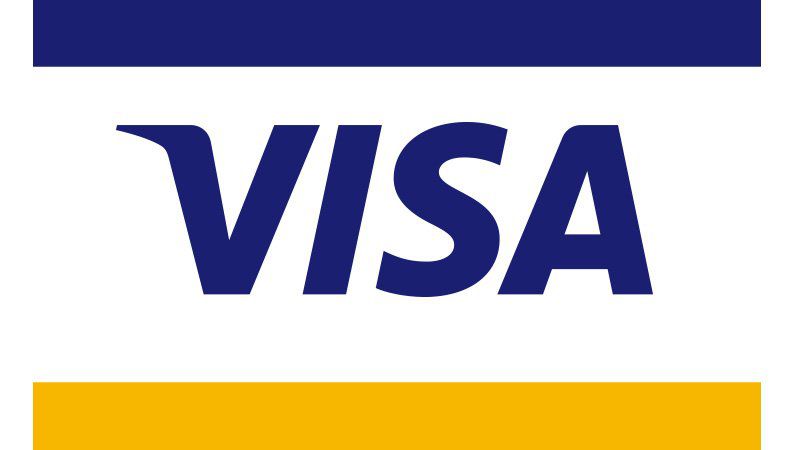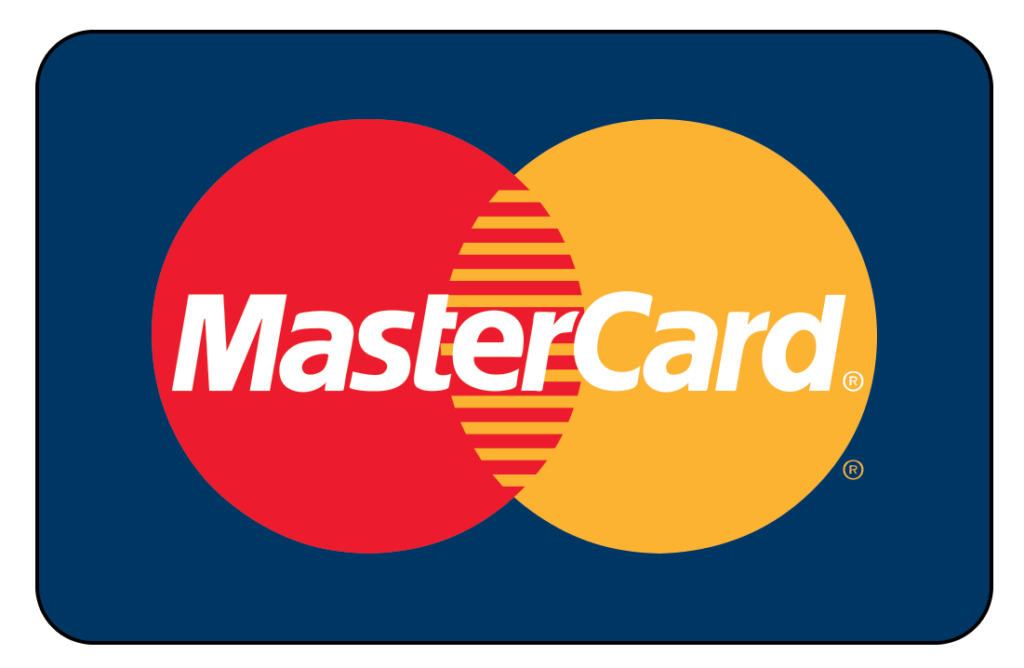Installing a wall mount for your new flat-screen TV can provide a cleaner, more streamlined look in your living room. But before you start drilling holes to hang your TV, you may be wondering – does wall mounting a TV void the warranty?
This is an important question for any TV owner looking to mount their television on the wall. You want to protect your investment while also customizing your space. Fortunately, with some basic information and precautionary steps, you can usually wall mount your TV without jeopardizing the warranty.
In this article, we’ll cover:
- Does Mounting Void a TV Warranty?
- TV Mounting Tips to Avoid Voiding Warranty
- Checking Warranty Details on Your TV’s Mounting Policy
- Using Professional Installers to Prevent Voiding Warranty
- Safely Mounting Your TV Without Voiding Warranty
- What to Do If You Think Mounting Has Voided Your Warranty
Follow these tips when wall mounting your new TV, and you can protect your warranty and enjoy a sleek mounted television. If you are looking for professional TV mounting services in Dallas, you can reach out to us anytime!
Does Mounting Void a TV Warranty?
In most cases, simply mounting your TV on the wall does not automatically void the warranty. Major TV manufacturers like Samsung, LG, Sony, and Vizio generally allow wall mounting without violating warranty terms.
However, incorrect wall mounting that damages parts of the TV is not covered. Additionally, some budget store brand TVs do explicitly state that mounting the TV voids the warranty in full. So check documentation for your exact make and model.
If wall mounting is done correctly though, using suitable hardware and brackets to safely hang the TV without internal damage, you remain eligible for warranty coverage. Just hold onto your receipt and mounting equipment details.
TV Mounting Tips to Avoid Voiding Warranty
Although the act of wall mounting alone does not void a warranty, faulty installation can lead to TV damage. Be sure to:
- Choose mounting hardware designed for your TV’s size weight
- Follow all instructions provided by the wall mount kit
- Securely insert mounting bolts according to guide specifications
- Check that no cables/wires are pinched behind the TV
- Ensure the wall mount is centered and level before finalizing
Rushing the mounting process or using subpar equipment can crack the TV frame or screen. So take time following proper protocols to avoid any damage that the warranty would not cover.
Checking Warranty Details on Your TV’s Mounting Policy
Do not assume you can freely wall mount every new TV. Although major brands tend to allow it, some lower-end models specifically require a professional installer to retain the warranty.
Carefully check over all warranty documentation included with your TV before mounting to see if any stipulations exist. You want written confirmation that DIY wall mounting does not void coverage.
If documentation is unclear regarding mounting, contact the manufacturer directly to learn about your warranty. Some warranty FAQ pages on the company website may outline if wall mounts impact coverage as well.
Calling the manufacturer also allows you to gain recommendations for installing the exact TV model safely. So do your due diligence before grabbing a drill.
Using Professional Installers to Prevent Voiding Warranty
If your TV’s warranty does forbid DIY wall mounting, hiring a professional installer is advised. While paying for installation may add cost, damaging your new television would prove far more expensive.
Professional TV mounting services have the right tools, knowledge, and techniques to hang your television securely in alignment with the warranty. They also can carry insurance to cover any potential damages, whereas you performing a botched mounting could void coverage.
When contracting installers, be sure to ask:
- If they are factory certified by major brands like Samsung or LG
- What TV mounting training and credentials they hold
- If their insurance covers TV damages during the install
Reputable TV mounting companies can provide documentation on certification while referring you to past customers to showcase expertise. Taking this route makes maintaining your warranty far more straightforward.
Safely Mounting Your TV Without Voiding Warranty
If permitted through your warranty terms, you can self-install a wall mount to save on labor fees. But be strategic in the mounting process:
Research exact specs – What are the VESA mounting measurements, weight capacity, bracket type needed? Mismatched hardware can damage your TV.
Follow instructions precisely – From bolt tightening to cord management, heed all guidelines to prevent cracking or unwinding from the mount.
Avoid over-tightening – Snug bolts are fine; excess torque risks harming the frame. Similarly for tilting, use gradual motions, not aggressive force.
Consider help lifting – Holding a large mounted TV while aligning to the brackets can slip and lead to cracks. An extra set of hands helps.
Examine alignments – Is the TV centered? Do edges have proper clearance from the wall based on venting needs?
Fully vetting mounts and safely executing the mounting process protects your investment as well as the warranty.
What to Do If You Think Mounting Has Voided Your Warranty
Hopefully by following the best practices outlined, you avoid any damages during the TV mounting process. But if you do notice cracks, malfunctions, or other defects arising immediately after installing the mount, contact the manufacturer right away to explore warranty coverage.
Be prepared to provide:
- TV model number
- Receipt showing TV details & purchase date
- Description of how mounting was performed
- Images showing the damage/defects
Honestly outline what occurred, linking the issues directly to the installation work itself, not just standard malfunctions. Respond promptly to any warranty claim paperwork or requests from the manufacturer as they process your case.
Although warranty coverage differs, emphasizing that you followed proper protocols per guidelines may convince the company to repair or replace parts despite 3rd party handling during the mounting. Calling soon as possible after damage occurs also demonstrates good faith.
Conclusion
Following basic precautions helps any TV owner tap into the sleek, out-of-sight aesthetics of a wall mount without worrying about warranty violations. Carefully process warranty paperwork, use extreme care in physically mounting your television, and promptly address any issues that do pop up with manufacturers. With this comprehensive approach, your TV mounting endeavors should not only look great but also avoid complications down the road.







